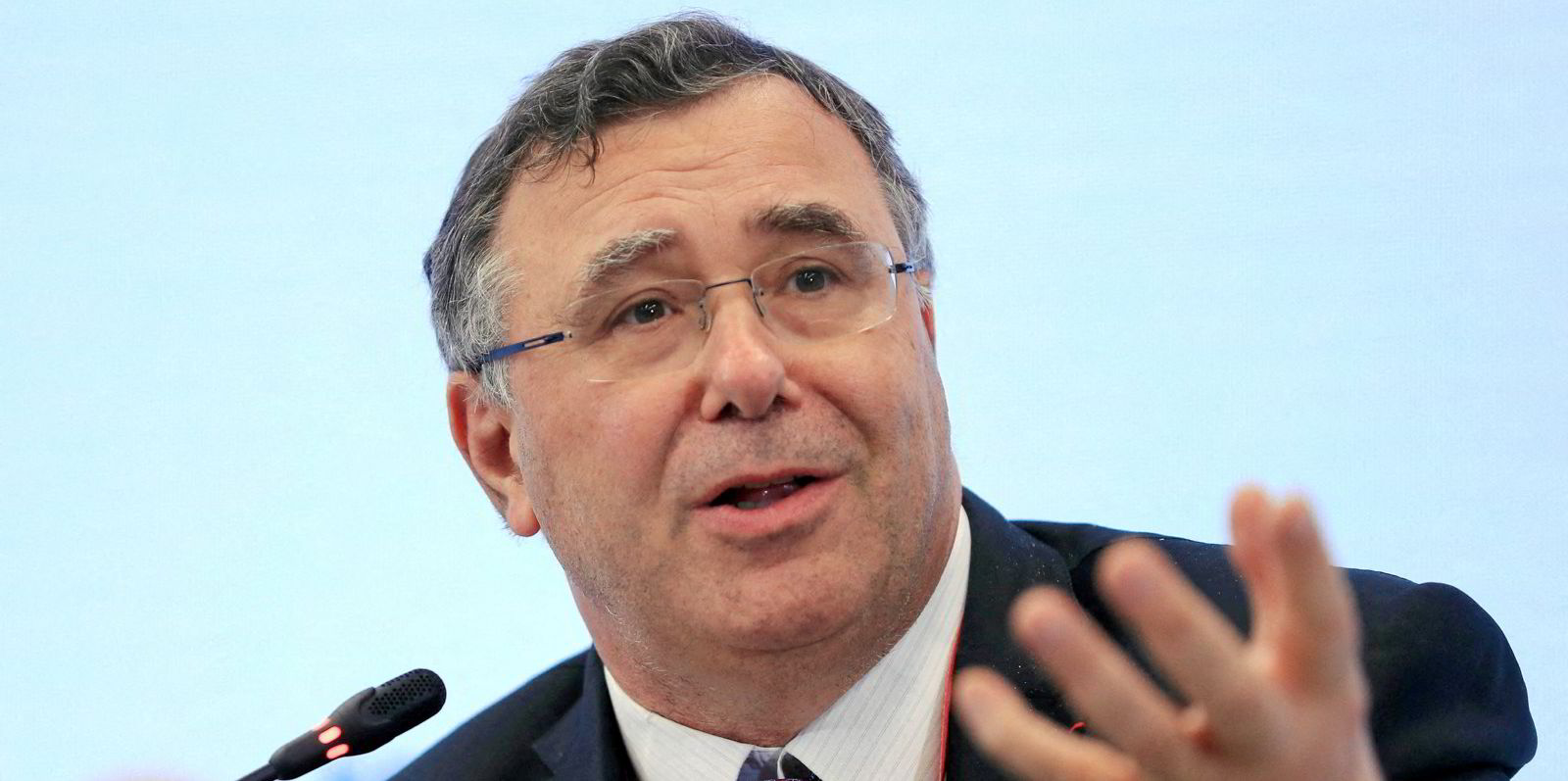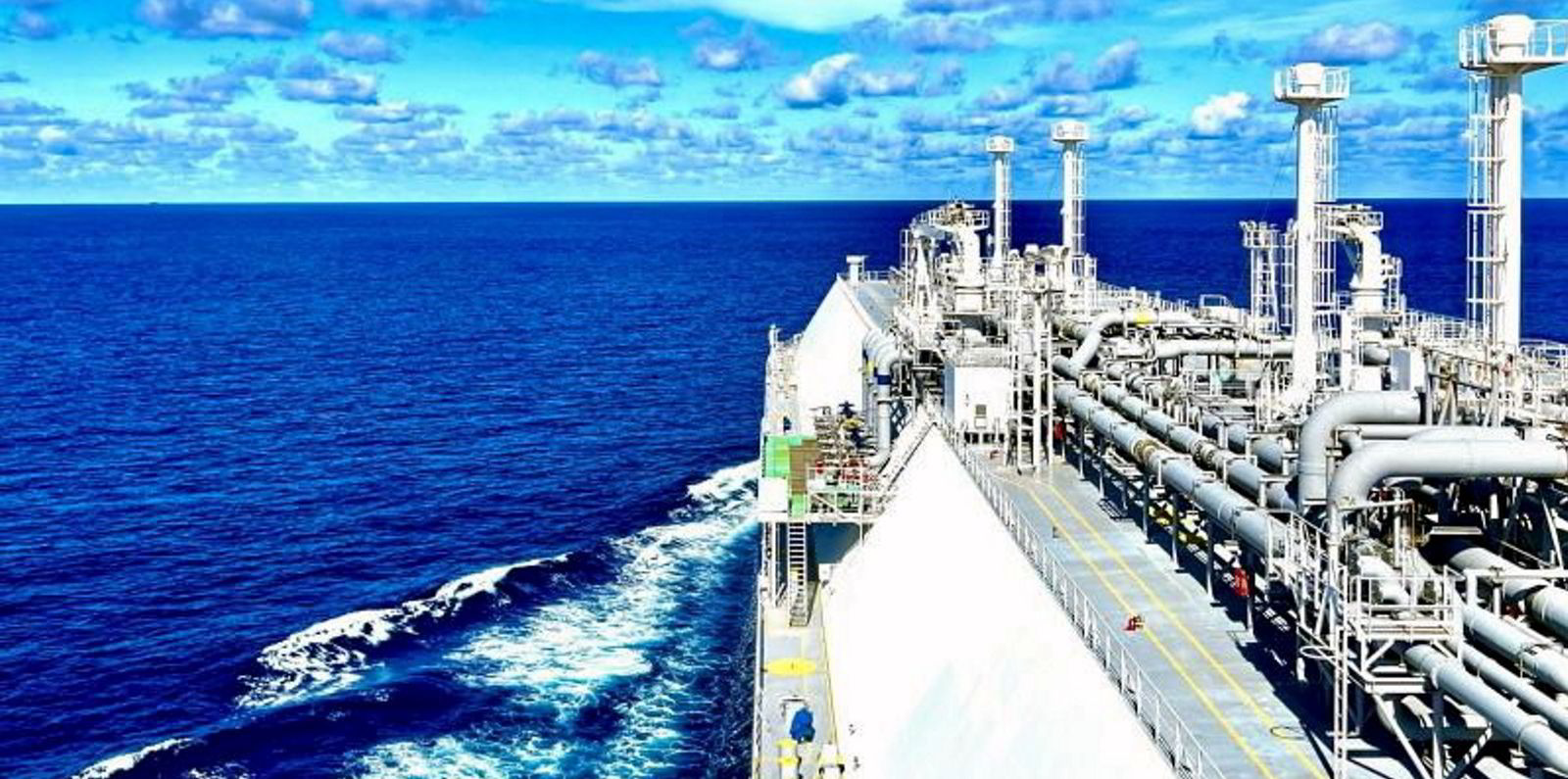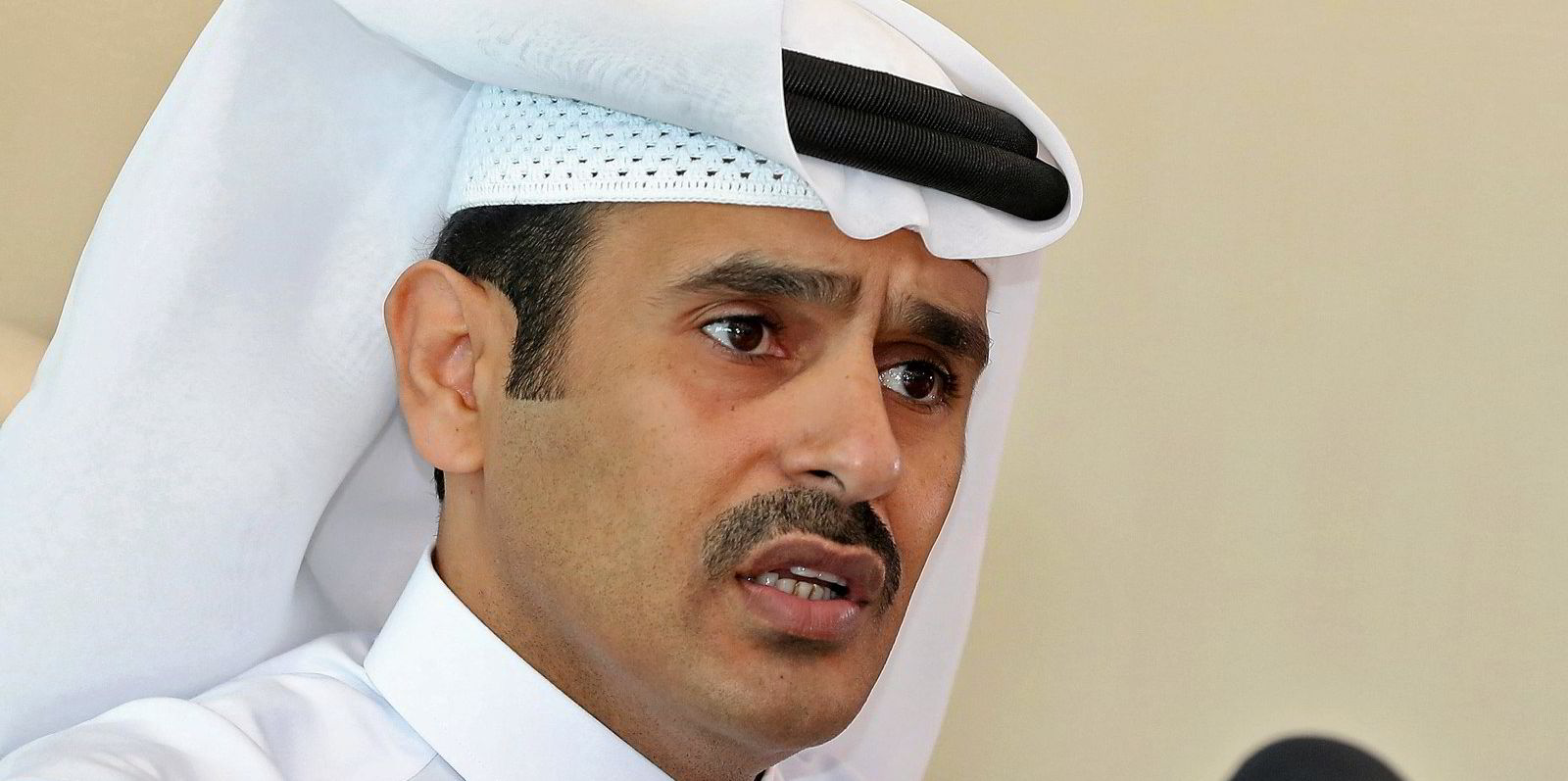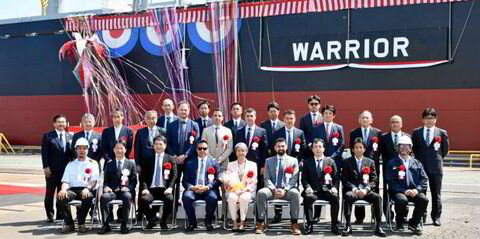Shipbroker Fearnleys sees a tight LNG shipping market in the long term driven by the new LNG capacity and fleet replacement but says there may be some fleet underutilisation to come prior to project start-ups.
But Fearnley LNG advisor Ina Bjorkum Arneson, who was speaking at the Astrup Fearnley Shipping & Energy Conference on Wednesday, said that as the market has shown this quarter: “Underutilisation is not necessarily synonymous with a soft market.”
Arneson said the new LNG projects will not start to come onstream until 2025 and onwards.
“There is no big relief in the LNG cargo market until then,” she said.
The LNG newbuilding orderbook is currently very large at just shy of 250 vessels with more orders being firmed up for 2026 deliveries.
Arneson said that while the volume of vessels might not be too high for demand it may be that the ships will deliver too early.
From 2021 levels the average number of ships per million tonnes of liquefaction capacity increases by almost one vessel by 2025, she said, describing this as “quite significant”.
She said as a result the market could see some under-utilisation of the older part of the fleet redelivering in that timeframe. But she added: “Increasing tightness is expected from 2026 and onwards.”
Speaking against a backdrop of soaring spot and time-charter rates and an almost complete absence of available LNG tonnage Arneson said: “Winter is fully back in the LNG shipping market.”
The analyst said close to all LNG carriers are under charterers’ control due to the high number of term charter deals secured in 2021. “We are therefore in a market dominated by sub-lets,” she said but charterers’ willingness to relet has been low due to extremely high cargo values and the focus on energy security.
Despite the high rates and seemingly tight market, she said a large portion of the fleet are travelling at shorter distances.
Average journey distance for the fleet is down from around 4,500 nautical miles in 2021, to just over 4,000 nautical miles so far this year with the bulk of US cargoes shipping on the shorter voyages to Europe over Asia.
Arneson said this combined with vessel deliveries and little new liquefaction coming online has resulted in a drop in LNG carrier fleet utilisation.
She said fundamentally there are currently enough vessels to serve the current trade flows but charterers are choosing to be a little long on shipping than to risk being short.
Arneson said that it is tonne time — the voyage duration — rather than tonne miles — the voyage distance — which has been driving the market this year, despite the shorter distances travelled by vessels.
She said one driver for this has been the reduced speed of vessels which is averaging about 14.5 knots in 2022, compared to around 15 knots seen a year ago.
But the other is congestion at European import terminals which have been operating at full capacity this year due to the reduced pipeline gas flows from Russia resulting in charterers floating cargoes.
She said in June the average journey duration from the US to Europe was four days up on the previous year.
On the new raft of floating storage and regasification units due to be installed in Europe in the coming months, Arneson noted that discharging to an FSRU generally takes longer than to a shoreside terminal which could add to the tonne time levels.






